Stainless steel is one of the most commonly used metals in the food and beverage industry, although it is also popular in many other industries. In addition to its elegant appearance thanks to a remarkably smooth surface, it has other advantages that make it a particularly valuable metal in many industries. Above all, stainless steel shows remarkable resistance to corrosion, which is very important in the food processing industry. It is also vital in the case of items such as railings and mailboxes, making them resistant to adverse weather conditions. But how can you avoid the deterioration of stainless steel during machining, and especially welding? What welding methods can you use and how do they affect metal quality?
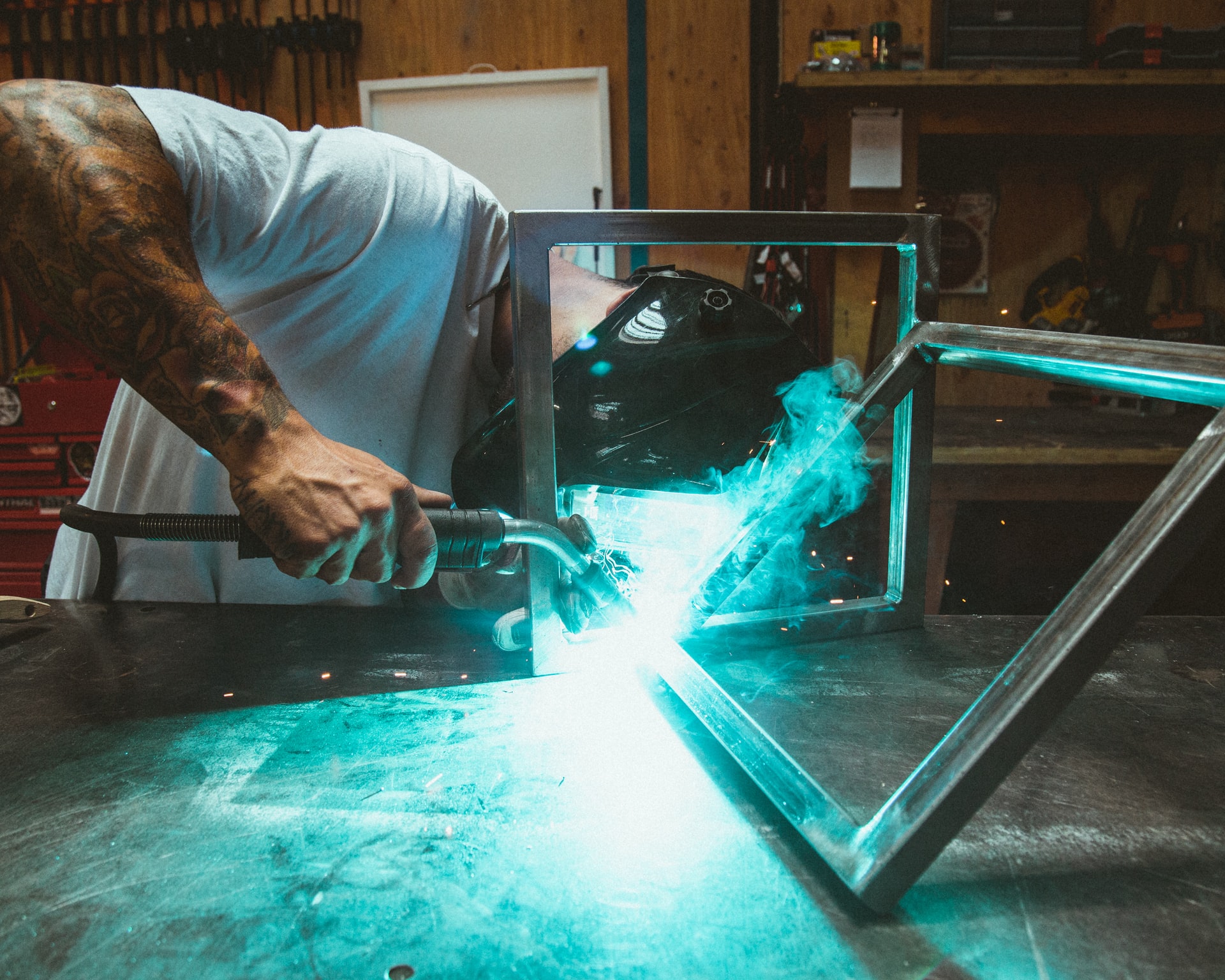
Stainless steel is one of the most commonly used metals in the food and beverage industry, although it is also popular in many other industries. In addition to its elegant appearance thanks to a remarkably smooth surface, it has other advantages that make it a particularly valuable metal in many industries. Above all, stainless steel shows remarkable resistance to corrosion, which is very important in the food processing industry. It is also vital in the case of items such as railings and mailboxes, making them resistant to adverse weather conditions. But how can you avoid the deterioration of stainless steel during machining, and especially welding? What welding methods can you use and how do they affect metal quality?
In addition to industrial methods of welding stainless steel, you can also weld with electrodes or using the TIG or MIG method. When welding with inert gas, use such chemical elements as argon or helium. These gases have a minimum chemical reaction with stainless steel. When welding with electrodes, make sure that they do not melt at the same or similar temperature as the stainless steel you are welding. Only electrodes suitable for working with stainless steel are resistant to corrosion. Using other electrodes may therefore result in poorer welding quality and even damage the surfaces around the welds.
Welding of stainless steel with an electrode welder
Electrode welding is one of the most popular and cheapest methods, and almost anyone can learn it relatively quickly. MMA welding uses electrodes that slowly melt after the arc strikes, creating a pool of welded metal, which then shapes the joint. The stainless steel welding electrode contains gas that protects the weld from oxidation. During electrode welding, a protective layer of slag is also generated. This layer must be removed once you have finished welding, which requires much more additional work than with other welding methods. The quality of the weld can only be assessed after the slag has been removed, so quality verification is very time limited.
Welding with electrodes suitable for stainless steel has its advantages when welding outdoors. It is resistant to wind, which would otherwise disperse the shielding gas. This method is perfect if you are looking for a high quality weld.
Welding of stainless steel under a protective gas
Inert gas methods should be used to maintain the properties of the welded stainless steel during welding. Both inert and active gases can be used as the protective gas. An advantage of inert gases is that they only minimally react to the surrounding air and thus optimally protect the metal against corrosion. Stainless steel can lose its properties if not adequately protected against corrosion during processing. Using active gases, as in MAG welding, can result in the same effect. Failing to follow the above advice will make stainless steel lose its most valuable property – it will start to rust.
Make sure that you stick to welding with inert gases, as in the case of MIG and TIG welding. This will ensure much higher quality welds, and also better protect the metal during processing.
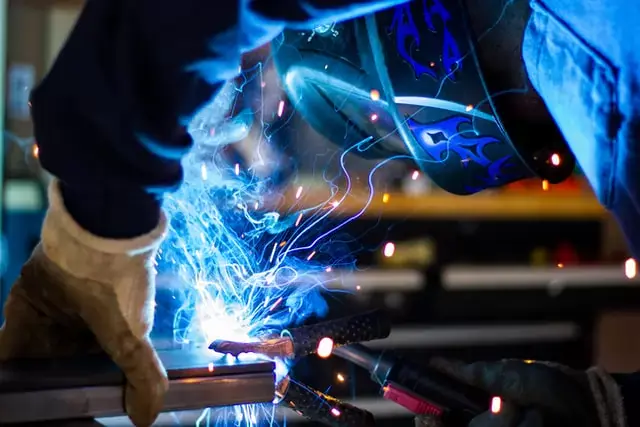
MIG stainless steel welding
Argon is the main shielding gas used in MIG welding of stainless steel. A mixture with a low carbon dioxide content can also be used to increase the heat input. However, this is not recommended when welding stainless steel. In order to obtain a good weld, high quality stainless steel welding wire should be used. The steel quality of the wire should be similar to that of the welded steel.
MIG welding is much faster and relatively easier than TIG welding. The welding wire used for creating the welds is directly built into the torch. This allows you to weld with one hand, making it much easier. A MIG welder lets you join much longer pieces of metal than in the case of other methods. MIG welding also allows you to work faster, which is not the case with TIG welding. This is useful when welding structures such as handrails.
With MIG welding, the weld itself is clearly visible on metal, which is not very desirable on a shiny stainless steel surface. Another disadvantage is the relatively large heat source, which increases the risk of damaging stainless steel. Welding using the MIG method also usually creates a large amount of welding spatter, which can damage the steel surface and therefore require additional processing. MIG welders that have a pulse function help avoid porosity, as it significantly reduces the formation of spatter, thanks to which you can achieve much higher quality welds on stainless steel.
TIG stainless steel welding
In TIG welding, it is the inert gas that ensures optimal welding of stainless steel. The welding arc is created by high-frequency welding with a melt-resistant tungsten electrode. This creates a shallow weld pool that can be transformed into a stronger weld by externally inserting an additional electrode. When welding stainless steel, the electrode should also be made of the same material. A smaller weld pool is then created than with MIG welding. This lets you creates much shallower welds that rarely require additional processing.
Another advantage of TIG welding is the minimal amount of welding spatter and deformation, which lets you waste significantly less stainless steel. The above advantages will be easily visible, but it should be noted that TIG welding is a very long process. Although you will save a lot of time thanks to less additional work with quality-related corrections, the welding process itself will be much longer. Externally inserting an electrode will give you maximum control during welding, but this method does require a lot of practice, which may prove challenging.
Each welding method has its advantages
Stainless steel can be welded in many ways, but welding with inert gas results in higher quality welds. To protect the weld itself and the welded metal from corrosion, you should choose a method using an inert gas such as argon or helium. Only weld with an electrode or cored wire when arc welding stainless steel is not possible, for example in the open air. The disadvantages will always be the much greater amount of effort involved and the significantly lower quality of the welds.
MIG welding is a simple and effective method of gas shielded welding. In this case the consumable electrode is the wire specially chosen according to the stainless steel being welded. The wire feeder is integrated into the torch, so you can weld with one hand, making it much easier. With a little practice, welding with this method is relatively quick and will allow you to work on much larger pieces of stainless steel. The most obvious disadvantages are the relatively large welds and the increased heat input, which tends to burn through precious metals. This leads to lower quality welds and increases the need for additional processing later on.
Welding stainless steel using the TIG method usually ensures very high quality. Inert gas welding produces small weld pools, while you can easily enlarge the weld itself with an external electrode if necessary. Important parameters of TIG welding, such as the welding current, gas post-flow time and shock frequency, can also be adapted to the welded metal, including stainless steel. This method is even suitable for thin stainless steel sheets, but it does require a lot of practice and professional experience.

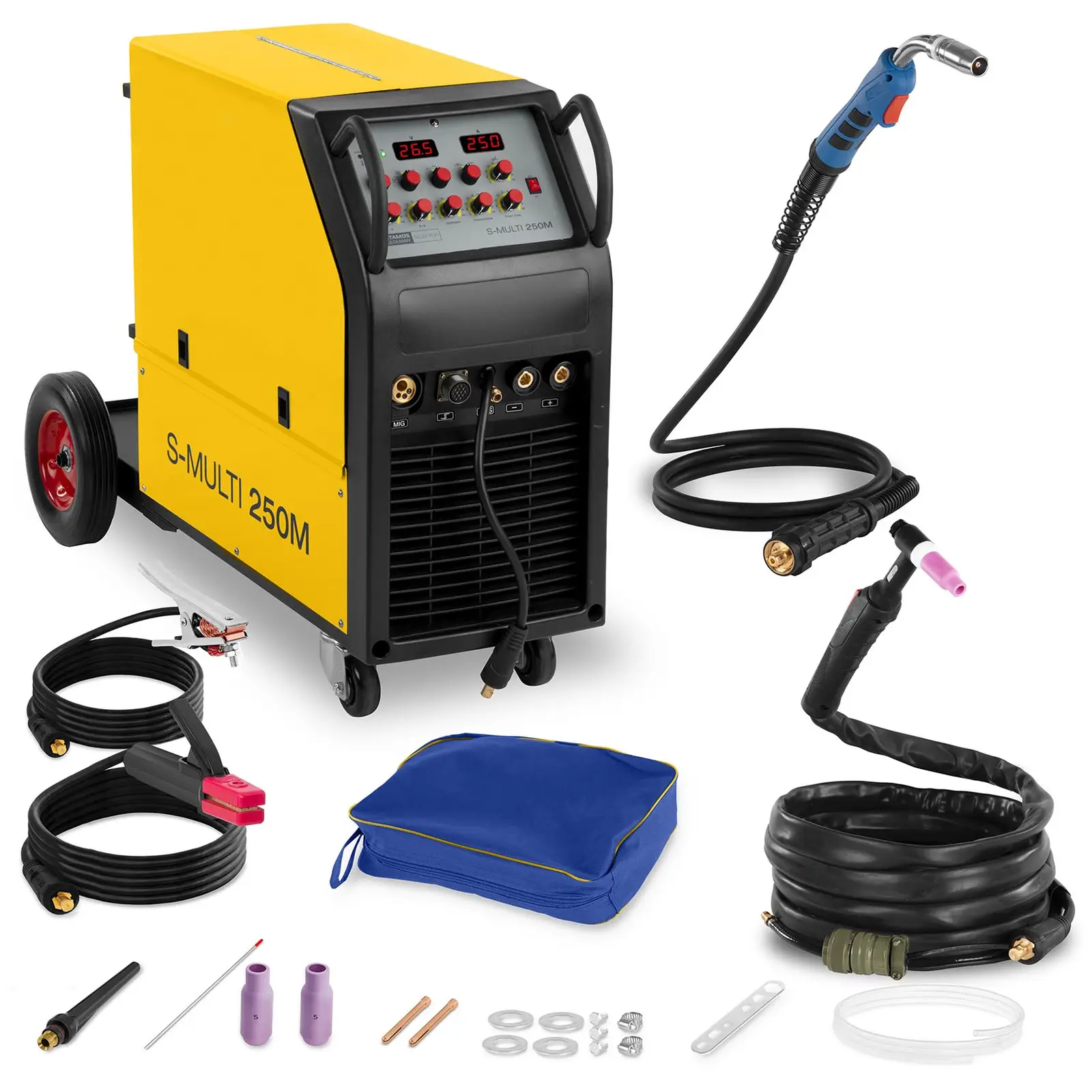
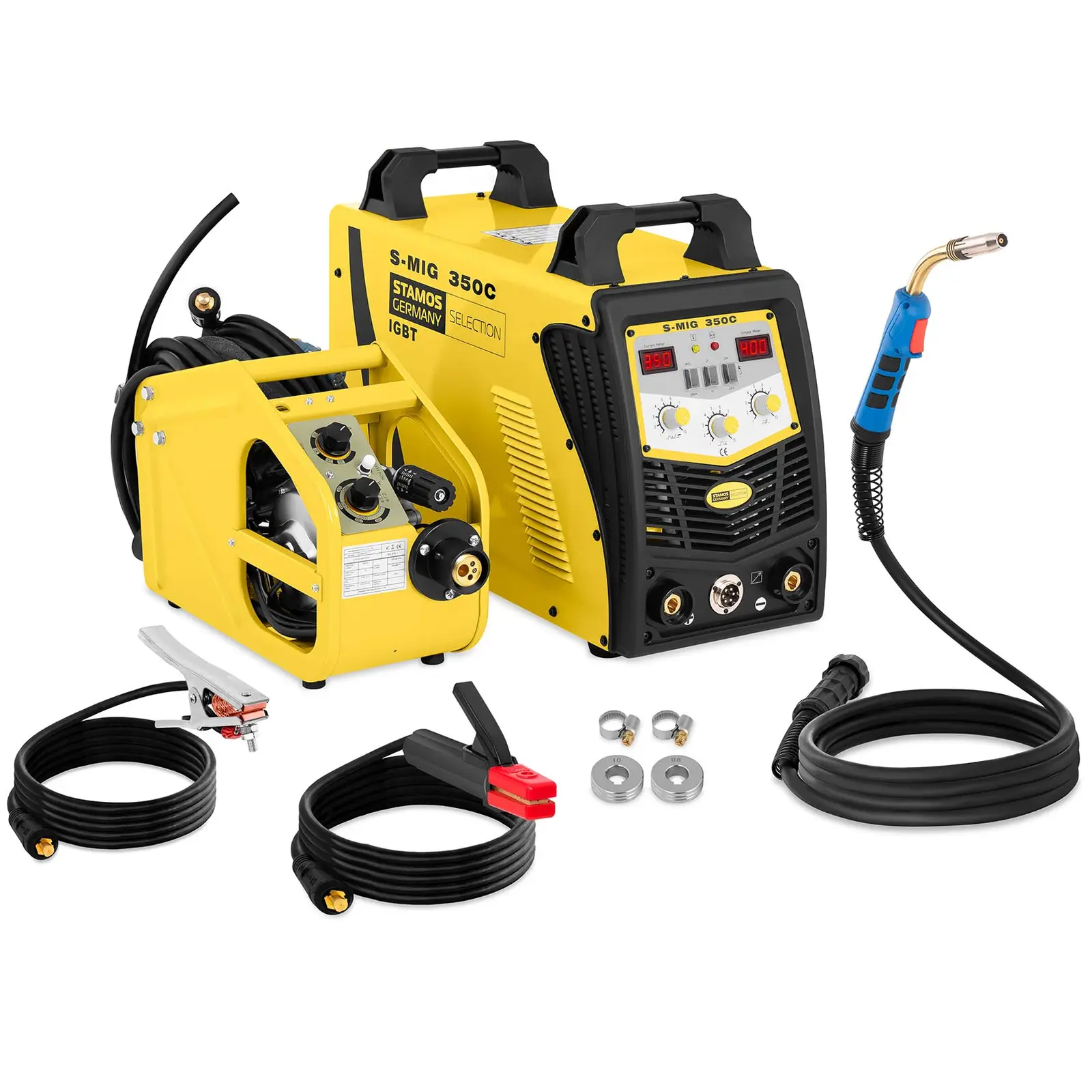

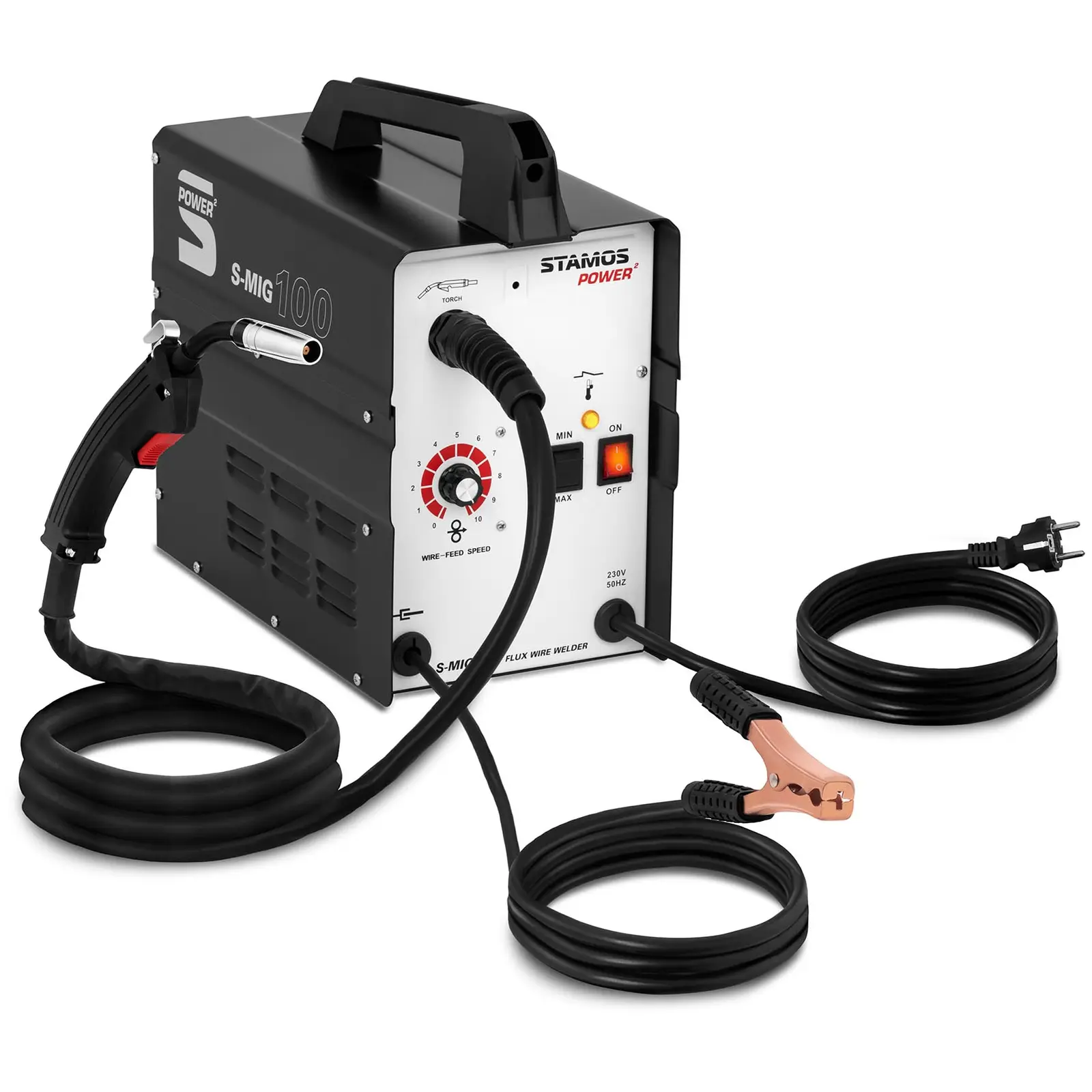


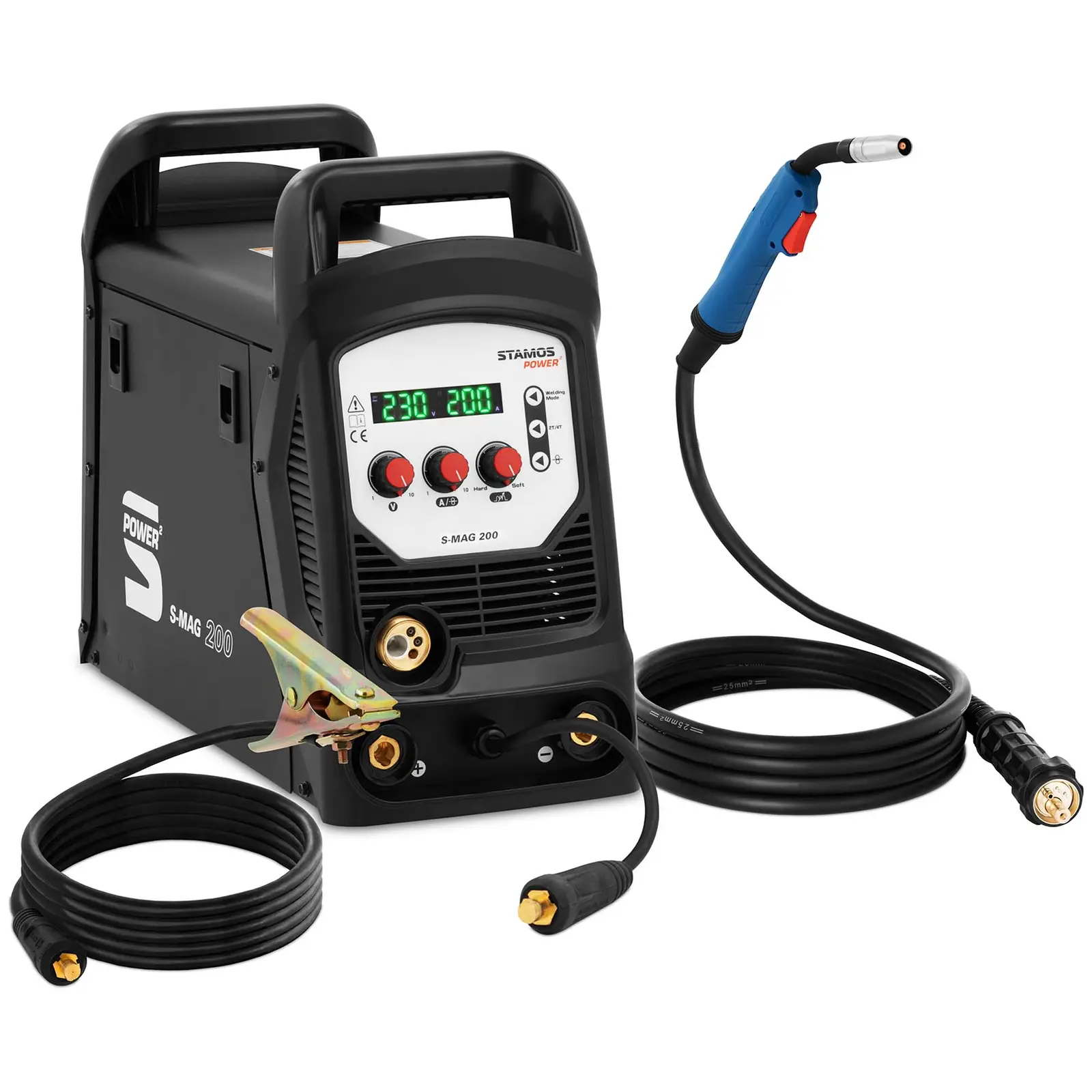
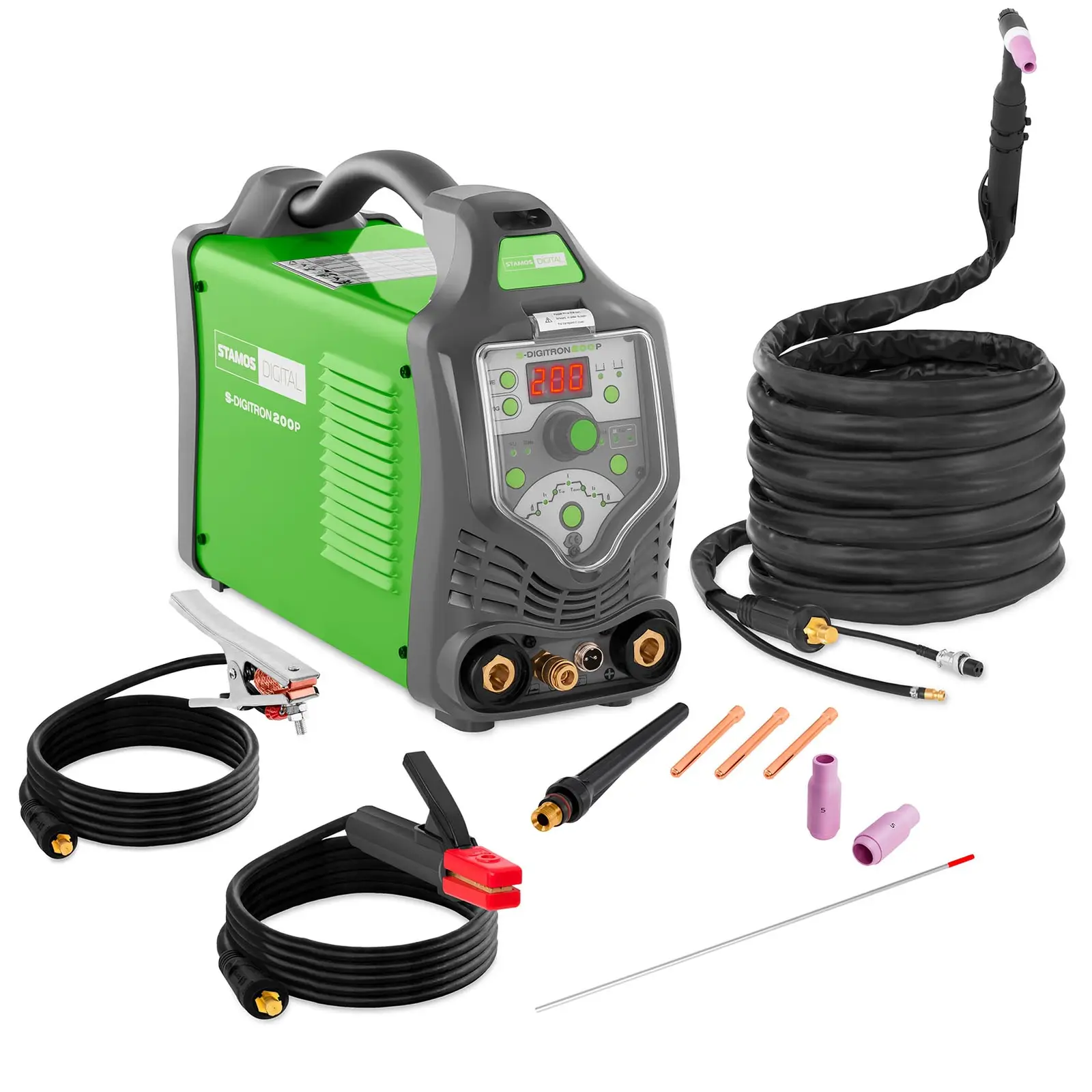
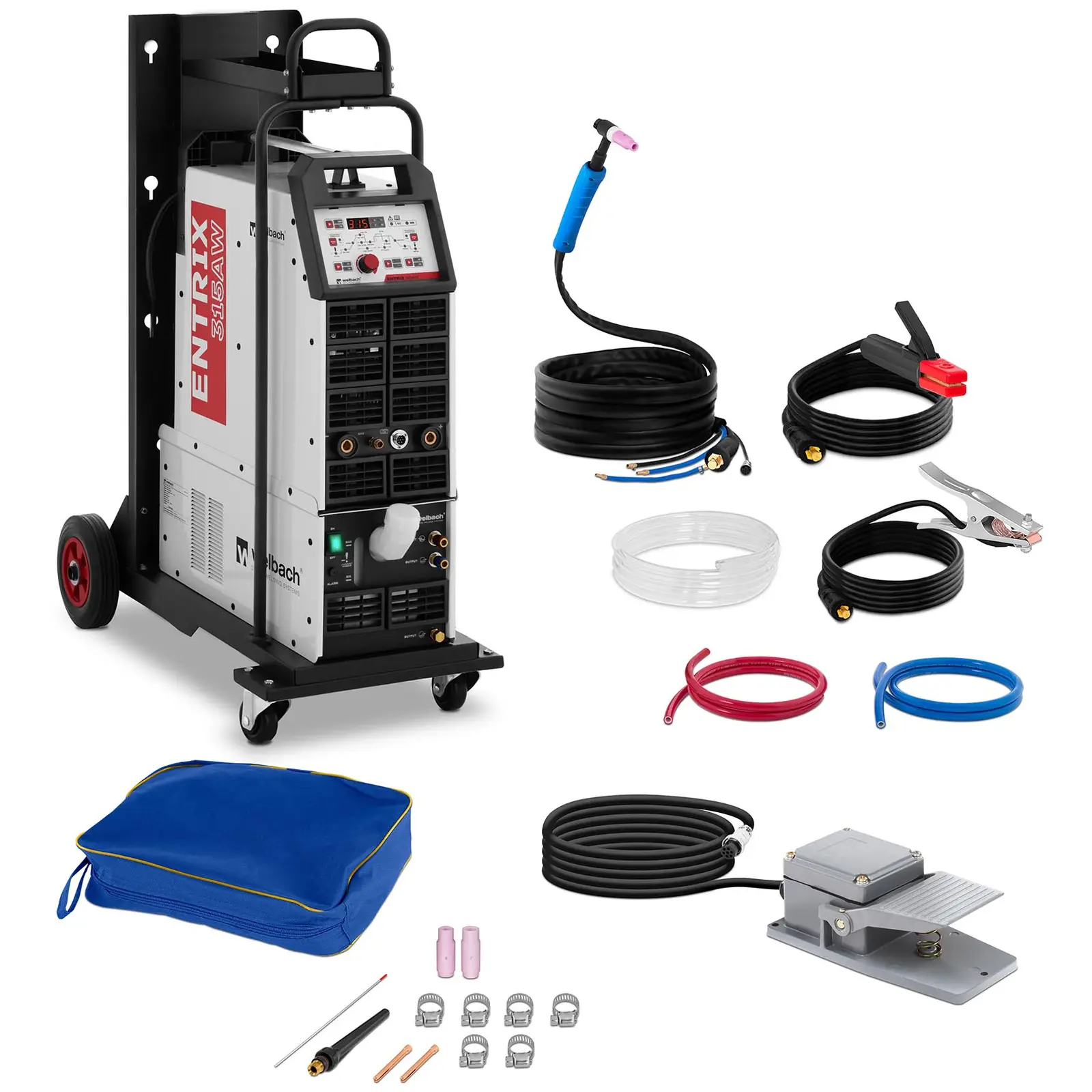
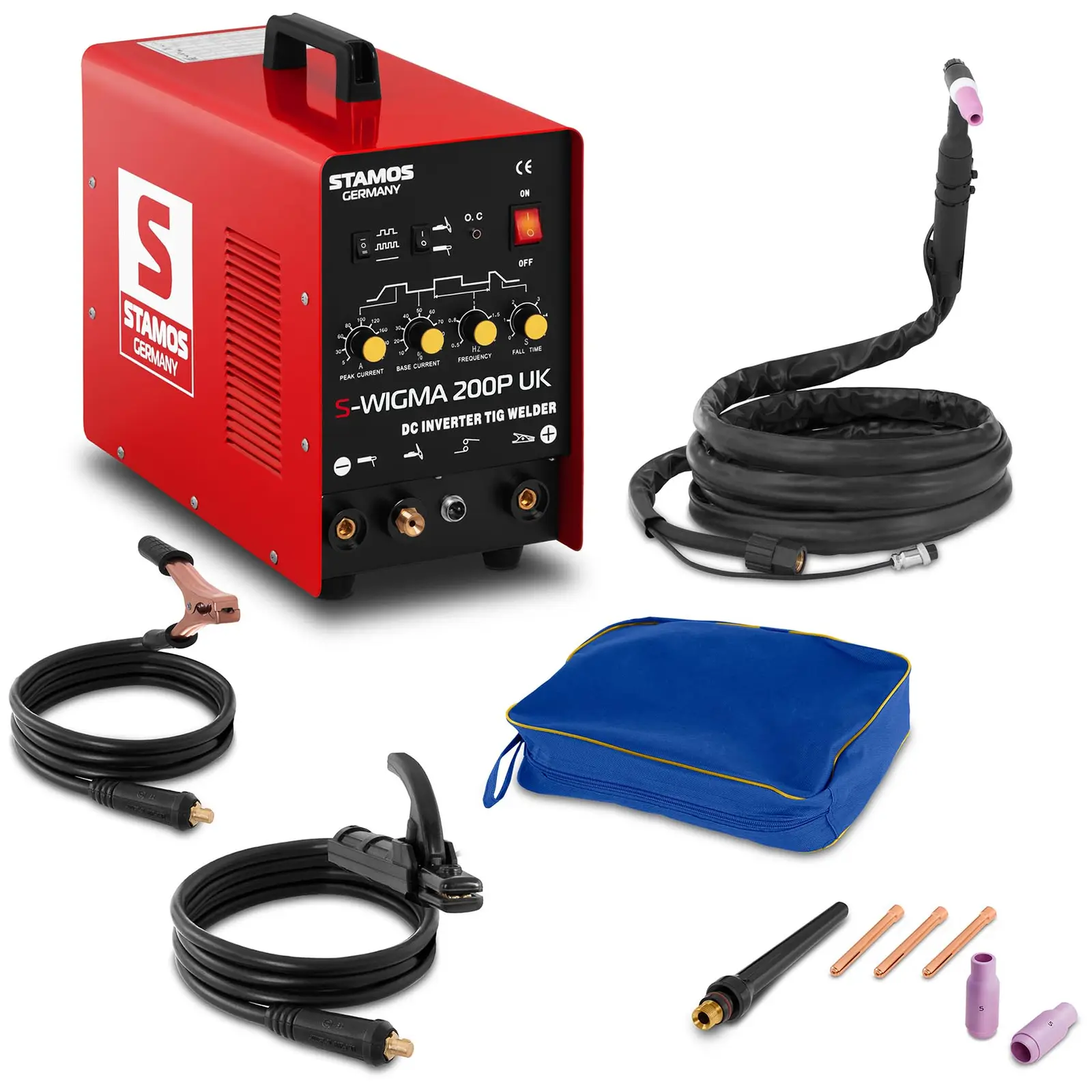


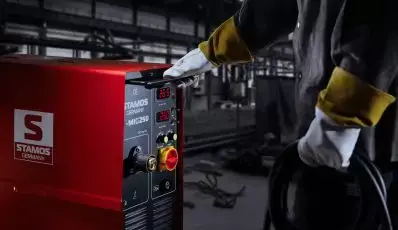
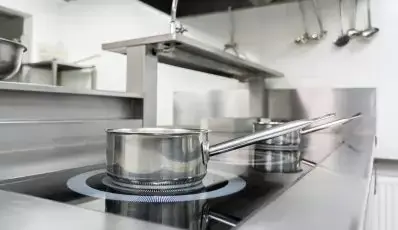
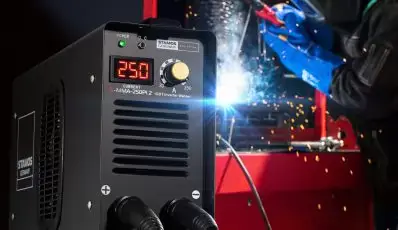
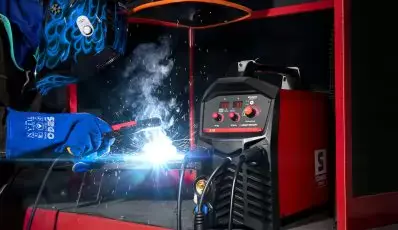

Share